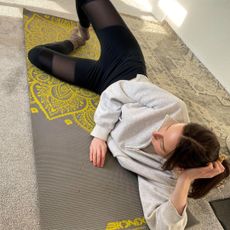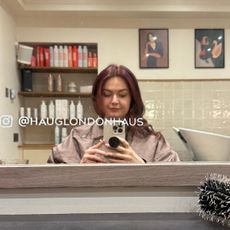Driving after a row may be as dangerous as being drunk
A driver's mood is often the primary cause of a crash, according to a new survey

A driver's mood is often the primary cause of a crash, according to a new survey
We all know the dangers of drink driving, but a shocking new study has revealed that getting behind the wheel after a heated row could be as dangerous as being over the limit.
According to the research carried out by insurance group More Than, a third of motorists admitted to driving more aggressively after an argument that left them feeling angry and emotional.
To put it into stark perspective, hitting the road following a tiff poses the same risk as drinking two units of alcohol and leaves drivers twice as likely to have a crash compared to those who remain calm.
Champion golfer Tiger Woods is the most recent victim of ‘romantic road rage' after he crashed his Cadillac Escalade after a spat with wife Erin.
‘With so many accidents having occurred as a result of romantic road rage, it's vital that drivers understand how getting behind the wheel in an overly emotional state could be the cause of a serious, or even fatal, accident,' says More Than spokesman Mark Christer.
‘If you've had a blazing row with a partner you will be wound up, distressed and unfocused and that will affect your driving ability.'
Marie Claire Newsletter
Celebrity news, beauty, fashion advice, and fascinating features, delivered straight to your inbox!
Following a row, drivers should take at least an hour to cool down. This cooling off period allows physical and emotional stress levels to fall and gives the person sufficient time to regain their concentration for driving safely.
-
 Forget new perfume launches, this classic 90’s fragrance is still the ultimate cool girl scent
Forget new perfume launches, this classic 90’s fragrance is still the ultimate cool girl scentLaunched in 1996, still an icon today
By Jazzria Harris
-
 I tried Pilates clams every day for a week - and am amazed at how quickly my hip stiffness has eased
I tried Pilates clams every day for a week - and am amazed at how quickly my hip stiffness has easedOne to bookmark for later.
By Katie Sims
-
 I test heat tools for a living, so I got a hair X-ray to assess the damage—safe to say, I was surprised by the results
I test heat tools for a living, so I got a hair X-ray to assess the damage—safe to say, I was surprised by the resultsI've learnt what really works...
By Lucy Abbersteen